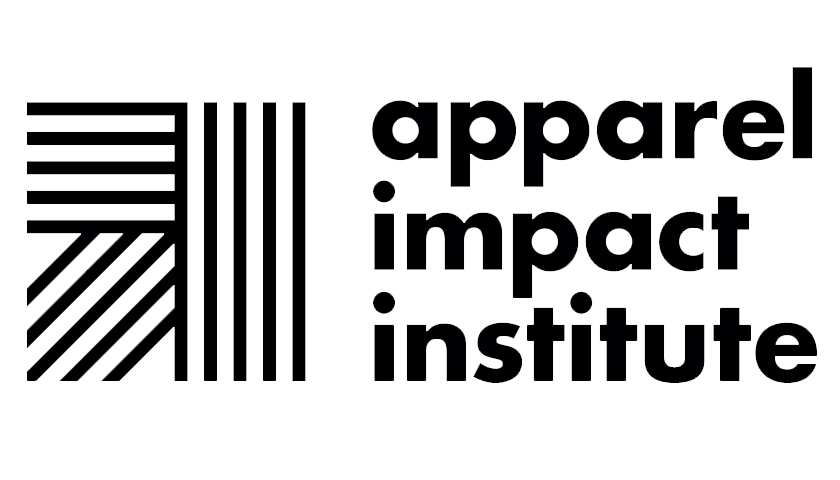Apparel sector emissions grew by 7.5% in 2023, finds the Apparel Impact Institute’s (Aii) annual report, Taking Stock of Progress Against the Roadmap to Net Zero 2025.
This stark rise in greenhouse gas emissions marks the first year-on-year increase since Aii began tracking the industry’s climate progress in 2019. Total emissions for the year reached 944 million tonnes, accounting for nearly 2% of total global emissions and pushing the industry further from its goal of halving its carbon footprint by 2030.
The sector’s rise in emissions was driven by increased apparel production, like ultra-fast fashion, and a growing reliance on virgin polyester. This fossil fuel-based fiber now makes up 57% of total global fiber production, while recycled alternatives remain underutilized.
Despite the increase in sector-wide emissions, the report notes that many manufacturers and brands are making tangible progress in decarbonizing energy use. Several companies have achieved measurable reductions in their Scope 1 and 2 emissions by investing in renewable energy, energy efficiency improvements, and early coal phase-out 一 an area where Aii’s programs and partnerships have helped lay important groundwork.
For example, a growing number of brands are reducing their scope 3 emissions, working with suppliers to scale climate-conscious operations, the report finds. This includes H&M, which reduced its scope 3 emissions 23% from 2019 to 2024, as well as emissions reductions by Fast Retailing (Uniqlo’s parent company), Puma, and Inditex.
Suppliers are also scaling their decarbonization investments and initiatives, reflected by Artistic Milliners’ $100 million investment in renewable energy, Shenzhou Group’s 24% reduction in Scope 1 and 2 emissions between 2022 and 2024, and Elevate Textiles’ 35% drop in emissions since 2019.
“While it’s encouraging to see progress across the value chain, with meaningful case studies from both brands and suppliers, this data is a stark reminder of how far we still must go as an industry,” said Lewis Perkins, President of Aii. “The good news is we don’t have to start from scratch. Resources, initiatives, funding, and partnerships are available to support every part of the fashion ecosystem.”
Published at the mid-way point of the decisive decade, the report identifies key priorities and next steps for the sector. This includes scaling sustainable materials, maximizing energy efficiency, shifting to 100% renewable energy, and eliminating coal in manufacturing.
